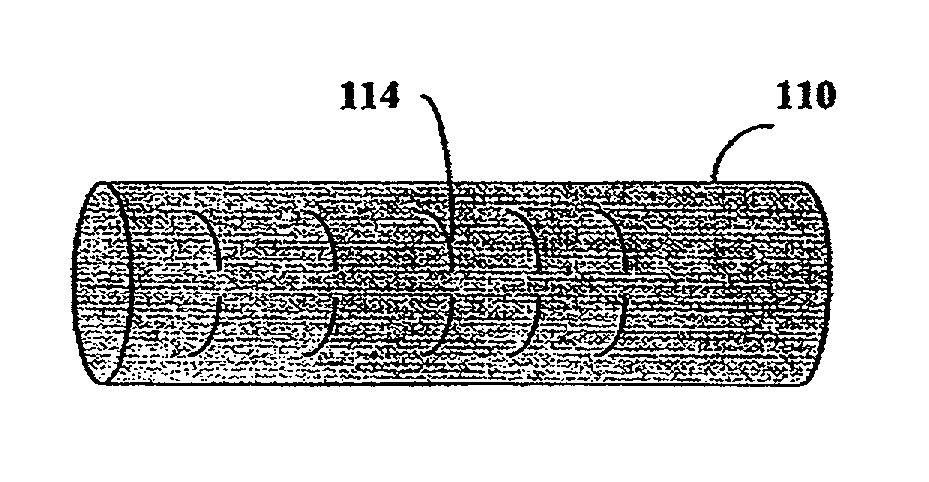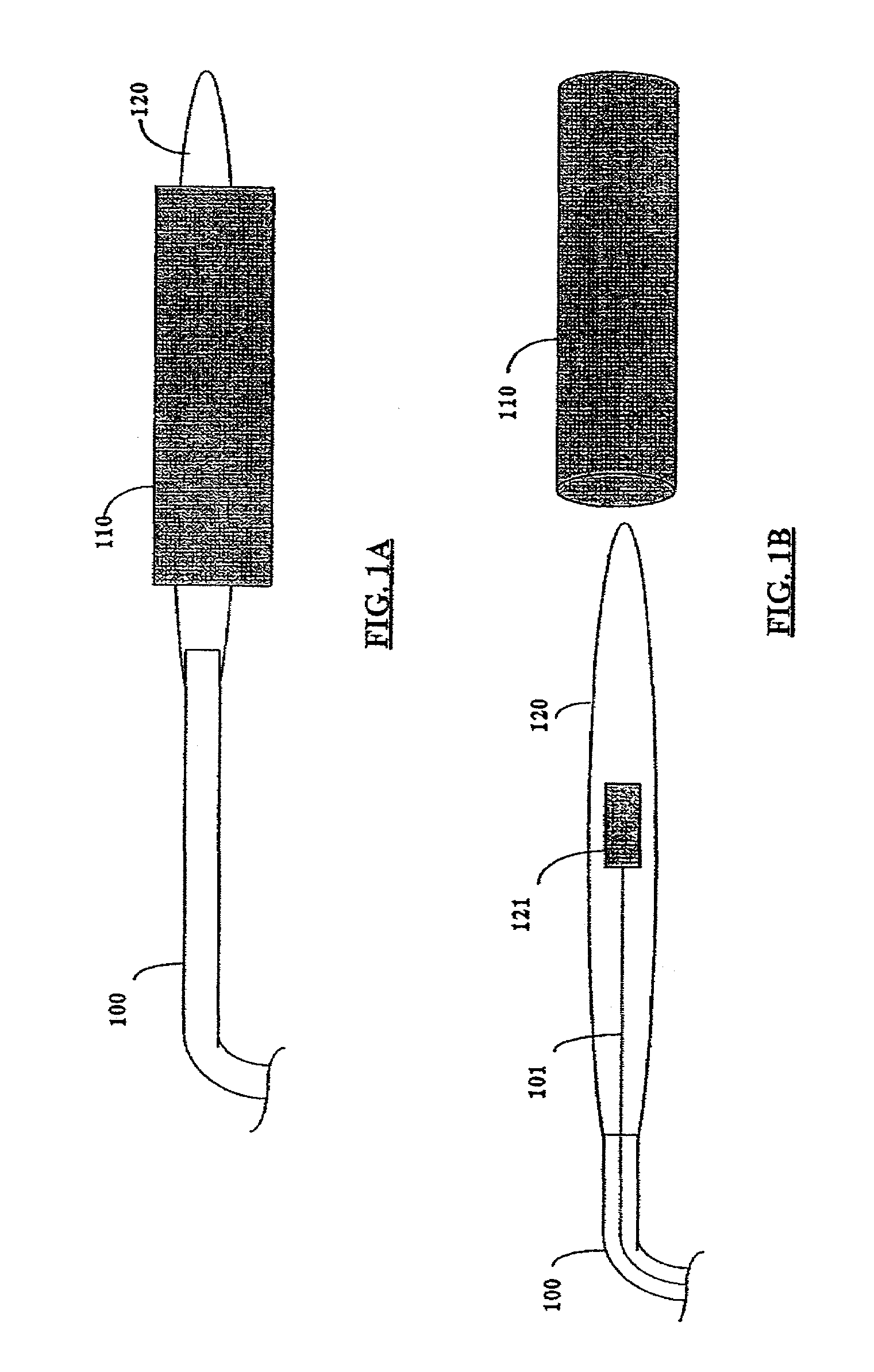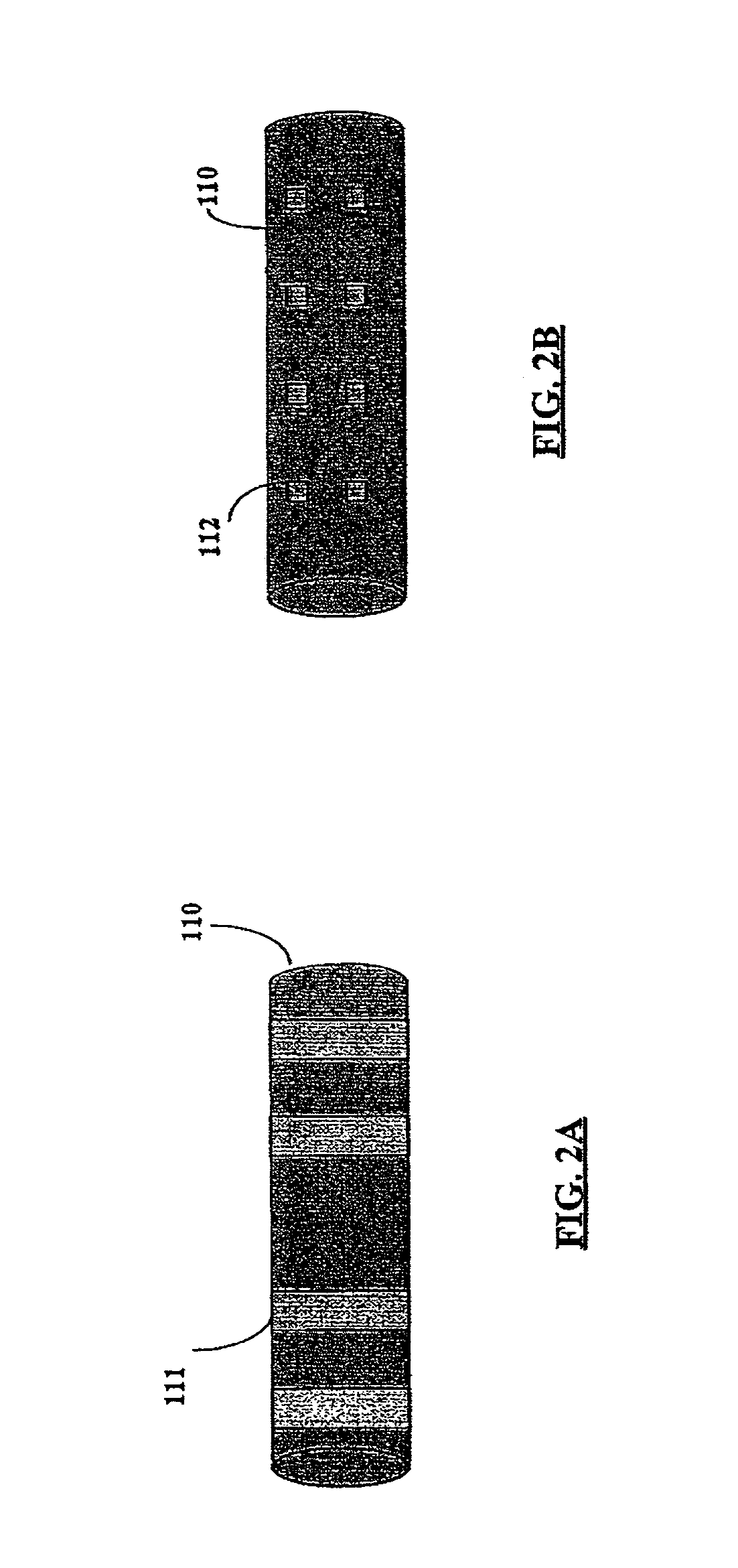Ablation stent for treating atrial fibrillation
a technology of atrial fibrillation and stent, which is applied in the field of atrial fibrillation stent, apparatus and method for treating atrial fibrillation by ablation therapy, can solve the problems of severe and rapidly fatal, difficult electrophysiological mapping of such sites, and dyspnea, so as to prevent stenosis of veins
- Summary
- Abstract
- Description
- Claims
- Application Information
AI Technical Summary
Benefits of technology
Problems solved by technology
Method used
Image
Examples
Embodiment Construction
[0014]As noted above, it has been found that the ectopic foci responsible for most episodes of atrial fibrillation are found in the pulmonary veins. The pulmonary veins empty into the left atrium, and a myocardial muscle sleeve extends over the proximal segment of the veins. The myocytes in these pulmonary vein sleeves, unlike ordinary atrial myocytes, exhibit spontaneous activity and can thus constitute ectopic sites responsible for initiating and maintaining atrial fibrillation. In order to block the discharges from these myocytes with ablation therapy, either the myocytes themselves are destroyed or an ablation lesion is made that destroys excitable tissue in the pathway leading from the myocytes to the left atrium.
[0015]Shown in FIG. 1A is a depiction of a stent catheter 100 having a balloon 120 at its distal end. Fitted around the balloon 120 is a vascular stent 110, which is a tubular structure made of metal or synthetic material capable of being deployed in a pulmonary vein s...
PUM
 Login to View More
Login to View More Abstract
Description
Claims
Application Information
 Login to View More
Login to View More - R&D
- Intellectual Property
- Life Sciences
- Materials
- Tech Scout
- Unparalleled Data Quality
- Higher Quality Content
- 60% Fewer Hallucinations
Browse by: Latest US Patents, China's latest patents, Technical Efficacy Thesaurus, Application Domain, Technology Topic, Popular Technical Reports.
© 2025 PatSnap. All rights reserved.Legal|Privacy policy|Modern Slavery Act Transparency Statement|Sitemap|About US| Contact US: help@patsnap.com



